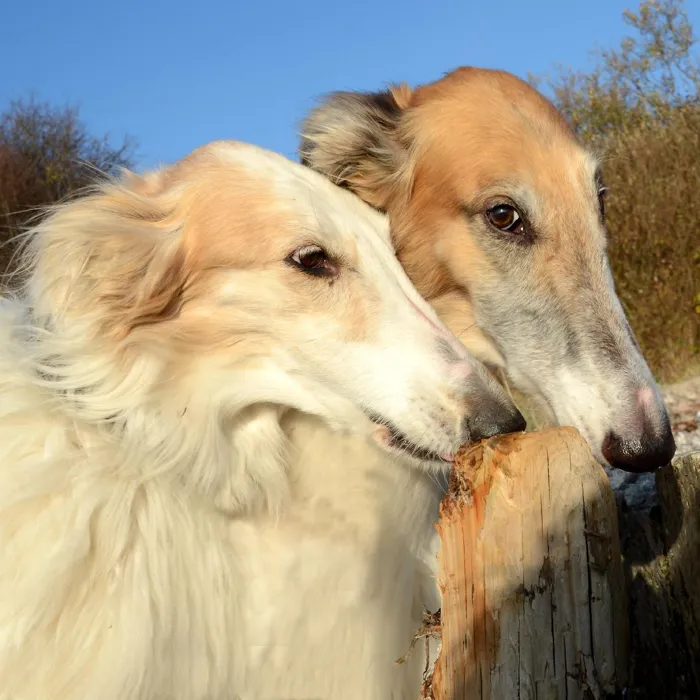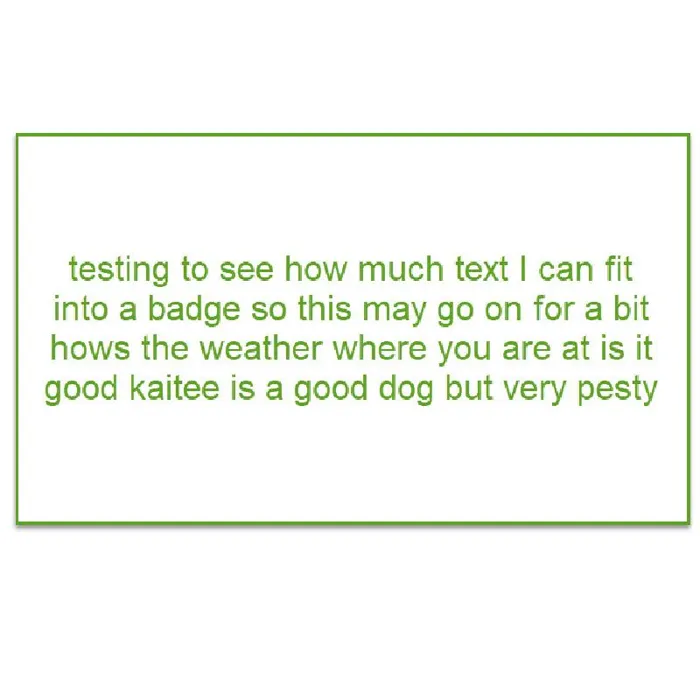Borzoi

Among the most impressively beautiful of all dogs, the aristocratic Borzoi is cherished for his calm, agreeable temperament. In full stride, he is a princely package of strength, grace, and glamour flying by at 35 to 40 miles per hour.

Ask About Borzoi ?
Breed Traits
Group
Hound
Temperament
About
History
Standard
Nutrition
Grooming
Exercise
Training
Health
General Appearance
The Borzoi was originally bred for the coursing of wild game on more or less open terrain, relying on sight rather than scent. To accomplish this purpose, the Borzoi needed particular structural qualities to chase, catch and hold his quarry. Special emphasis is placed on sound running gear, strong neck and jaws, courage, and agility, combined with proper condition. The Borzoi should always possess unmistakable elegance, with flowing lines, graceful in motion or repose. Males, masculine without coarseness; bitches, feminine and refined.
Size
Head
Neck, Topline, Body
Forequarters
Hindquarters
Feet
Tail
Coat
Color
Gait
Faults
All pets have found there homes! Sign up to be notified when new pets are added so you don't miss out.


